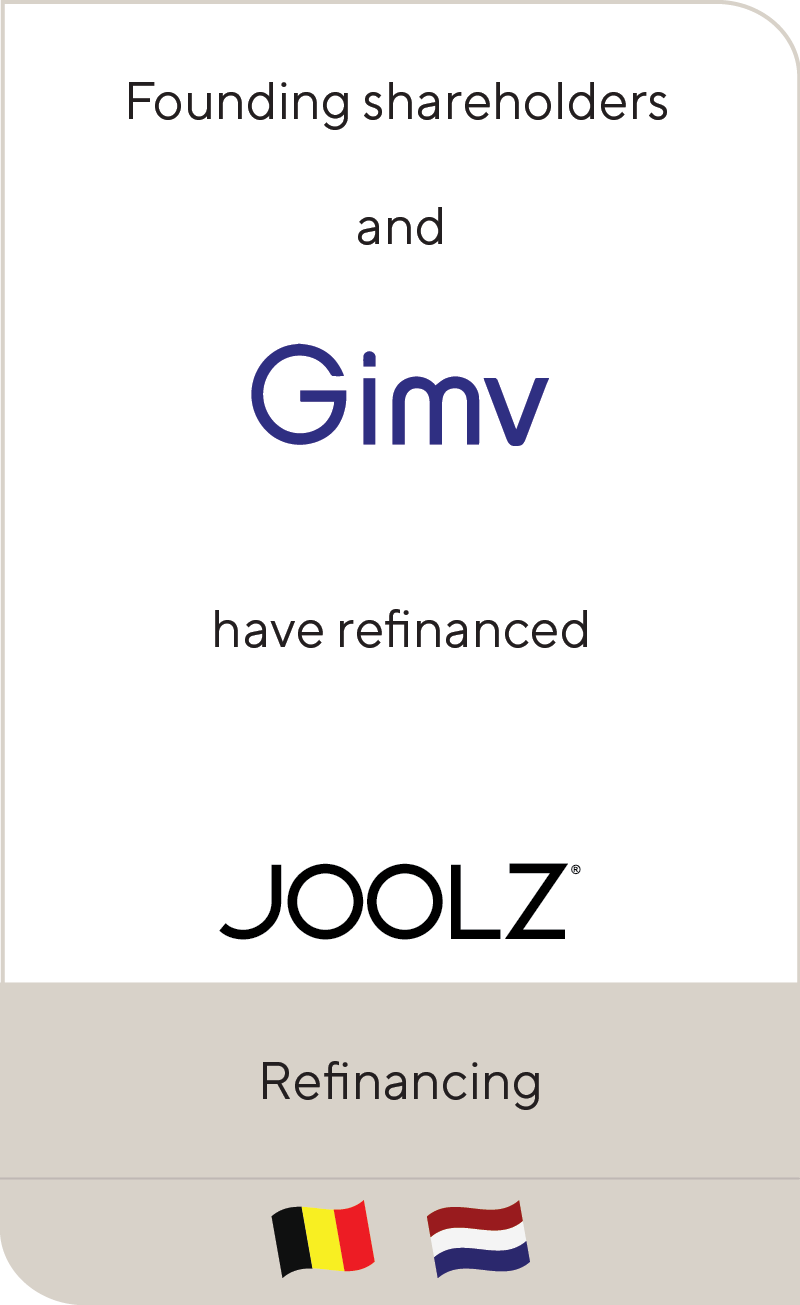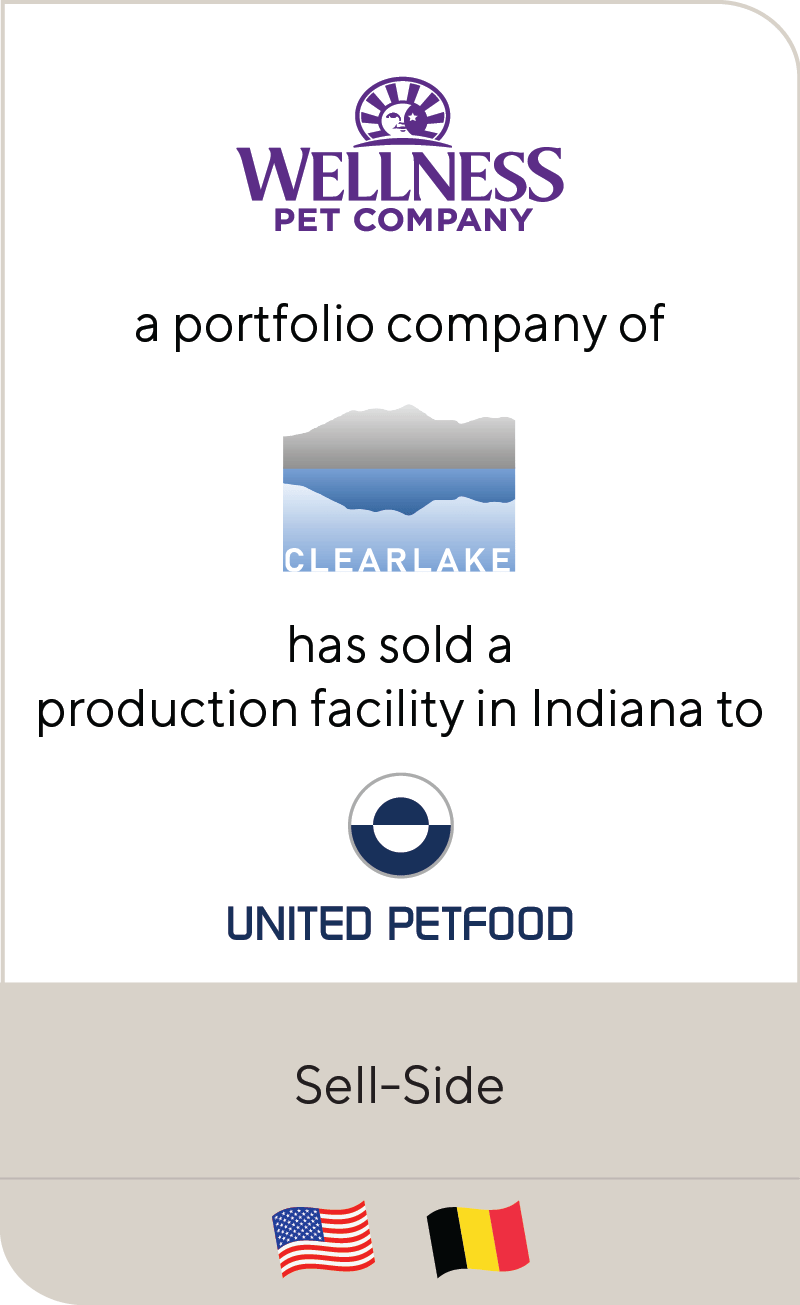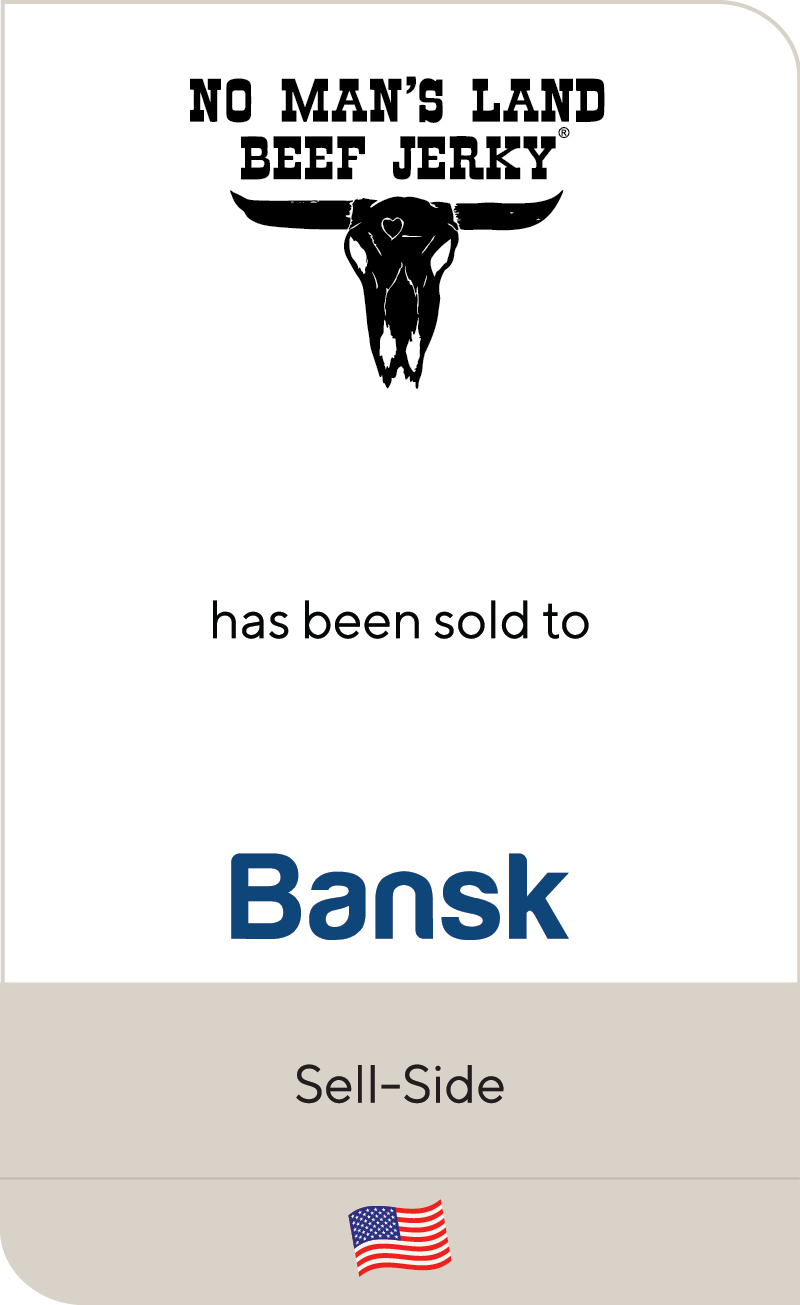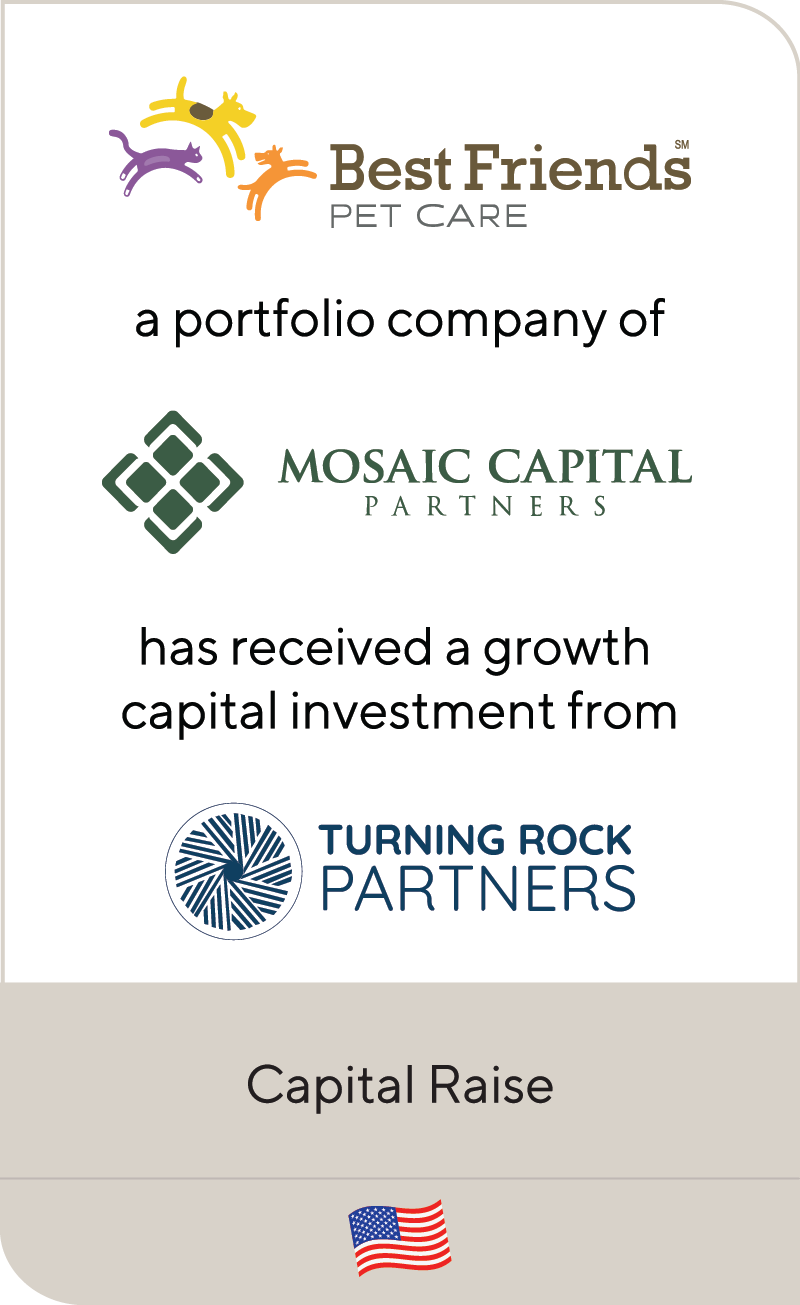Investor Appetite for Frozen Food Grows
Jun 2023
| In the U.S. and in Europe the frozen food market continues to grow. The overall mega themes of products that are high-quality, clean, convenient, fresh, long-lasting, less wasteful and flavorful are still intact. Appealing to both consumers as well as those in the restaurant space, these themes are expected to drive future growth in the segment. Due to the market’s projected growth, investor appetite for the frozen food sector is robust with an overall positive outlook. Strategics are moving forward with acquisitions to complement assortment gaps or new regions, and financial sponsors are seeking attractive platforms to consolidate in this highly fragmented market.
While growth remains strong, the market has shifted slightly since our last frozen food update, which we explore in the below perspective. |
Summary
-
Lincoln International discusses the shifts in the frozen foods market, and investor appetite in the sector.
- Click here to download a printable version of this perspective.
- Sign up to receive Lincoln's perspectives
2023 Frozen Foods Market Update
Pricing Pressures: Due to market uncertainty and inflation, many companies are facing increasing pricing pressures. In 2022, many branded as well as private label players achieved double-digit price increases due to an increase in raw material and energy prices. Now in 2023 as raw material and energy prices are easing, many large food conglomerates are concerned about potential profit deductions due to increased pricing pressure from food retail while rising labor costs have to be still coped with.
Category Growth: Despite some pricing challenges, the category itself is still growing, particularly in the private label segment. Lincoln International anticipates overall higher pricing resilience in the private label segment. This is because food retailers do not want to be exposed to empty shelf space, so an overall higher price point for private label products will have to be expected. Branded producers are also increasingly moving into the private label category because of the category’s growth prospects.
Going to Market: The timing of deals does remain a question and many sellers want to understand what will happen in the second half of 2023 before committing to a sale. Overall volume growth suggesting a healthy and sustainable customer appreciation even in an inflationary environment is key to mitigate higher sales growth by previous price increases. A detailed sales and client volume / price grid analysis will help to minimize deal uncertainty. Thus deal timing plays an important role to attract investor interest and confidence.
Investors: Strategics tend to navigate well analyzing potential add-on opportunities. Their focus stays strong on regional add-ons as well as category expansion. In addition they have realized the importance of securing product availability being another M&A strategic reason, given the most recent climate changes and catastrophes (e.g. the flooding in the Emilia Romagna in Italy). Given the recent build-ups in the private label segment especially in Europe, we foresee significant appetite in the next 18 months. Due to the high degree of fragmentation, private equity can further facilitate an attractive buy and build strategy . When investors are evaluating potential frozen food company acquisitions, a key point will be the company’s price volume grid to look at.
Unique Deal Attributes: For the deals that are coming to market, successful companies are those in a protected niche where they can sustain margins and deliver volume growth. These companies are also diversified in different markets with local tastes and flavors. Another important piece is production efficiency which includes stock keeping unit optimization. Producers are also thinking about how to secure their own energy by insourcing more and thus decreasing their dependency on energy providers.
Growing Segments: In terms of growing subsectors, the non-protein-based categories such as plant-based products are growing – the pure meat and protein segment is still sought after but it is more exposed to government activities to reduce meat consumption. The snacking category in the two-bite category, such as mini appetizers, pizzas, mozzarella sticks, etc. as well as smaller products are also growing as these foods are quick to consume, convenient and come in smaller sizes. This appeals to families and single households as well as an increasing older population who are looking for products that come in smaller batches and can be eaten quickly.
Contributors

It’s an exciting time to advise clients in the consumer sector. Major changes in consumer preferences and how products are purchased create a rich environment for business owners and investors to succeed.
Dirk Damegger
Managing Director & European Co-head of Consumer
FrankfurtMeet Professionals with Complementary Expertise

I take a long-term approach to building relationships and understanding clients' businesses in order to provide timely and relevant advice.
Alex Masters
Managing Director & European Co-head of Consumer
LondonRelated Perspectives in Consumer

Lincoln International Managing Directors Recognized as Emerging Leaders
Lincoln International is pleased to share that The M&A Advisor named Managing Directors Adam Gifford, Brian Goodwin, Eddie Krule and Scott Molinaro as recipients in the Emerging Leaders Awards. These… Read More

Food & Beverage Market Update Q1 2024
The M&A market remained somewhat challenged during the first quarter; however, we experienced improved dealmaking conditions.

Consumer, Business and Economic Trends Align to Drive New Interest in Recommerce
Back in 2021, the recommerce industry seemed to have finally hit its stride, with the sector experiencing a surge in transactions, valuations and deal sizes. At the brink of becoming… Read More

The Fitness Investment Landscape
State of the Fitness Market: presented by L.E.K. Consulting Fitness Market Stabilization and Return to Growth Few industries were as negatively impacted by COVID-19 as the in-person fitness industry. Deemed… Read More












